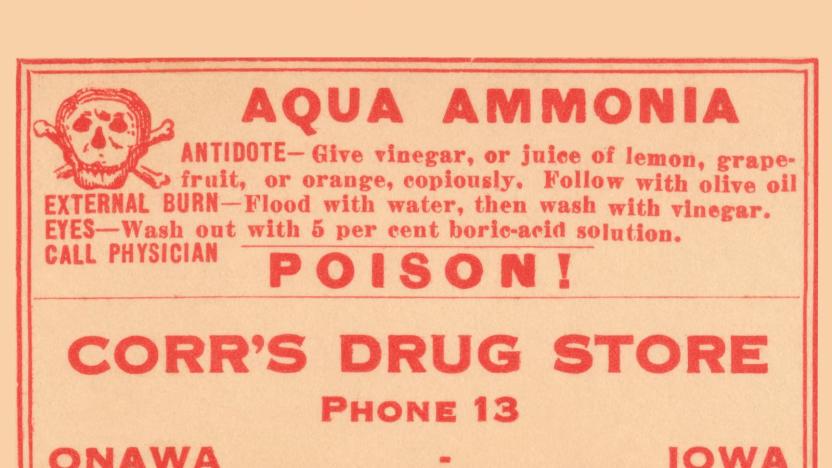nitrogen
Latest

Researchers discover a better way to make ammonia
For the past century or so, we've been making ammonia the same way that Nobel-prize winning chemist Fritz Haber did: by smashing hydrogen and nitrogen gas together at 250 atmospheres and heating them to nearly 1000 degrees F. But a new method developed at the University of Utah turns that process on its head.

The Big Picture: Nitrogen-rich star left a beautiful corpse
A small minority of enormous stars explode in a fiery supernova after they run out of fuel and collapse. Regular stars die less spectacularly, but the remnants can still be gorgeous. Case in point is NGC 6153, a nebula about 4,000 light-years from Earth. The ethereal blueish, ellipse-shaped cloud (imaged by Hubble, above) was ejected by a sun-sized star after it burned up its fuel. However, the nebula contains an unusually large amount of elements like neon and argon, and five times the nitrogen of our sun. Why? Likely because its star formed in a corner of the Milky Way with a completely different composition than our own neck of the woods.

Fizzics countertop 'draught' system makes bad beer good
I like -- nay -- love beer. But I'll be honest, when I first heard about Fizzics and its promise to deliver the perfect pour of tap-quality beer from any can or bottle I dismissed it. It seems like the sort of silly snake oil you'd find in SkyMall or Sharper Image. But, I gave Philip Petracca, the CEO of the company the opportunity to convince me otherwise. He swung by the Engadget compound with a cooler full of beer and a pitch full of science. I'm convinced he's not just some huckster, but whether or not Fizzics truly makes beer better is a different question.

Curiosity finds evidence of life-giving nitrates in Mars rocks
NASA's Curiosity rover isn't done finding signs that Mars once had the prime ingredients for life... not by a longshot. The explorer robot has discovered evidence of nitrates, the nitrogen compounds that are some of the key nutrients for life, in rocks at three places near its landing site. This still doesn't mean that Mars did harbor life in its heyday, but it's now that much more likely. The big question is whether the processes that formed those nitrates are still active, or if they died out when the planet became barren -- scientists aren't sure, and it could take a while to get an answer.



